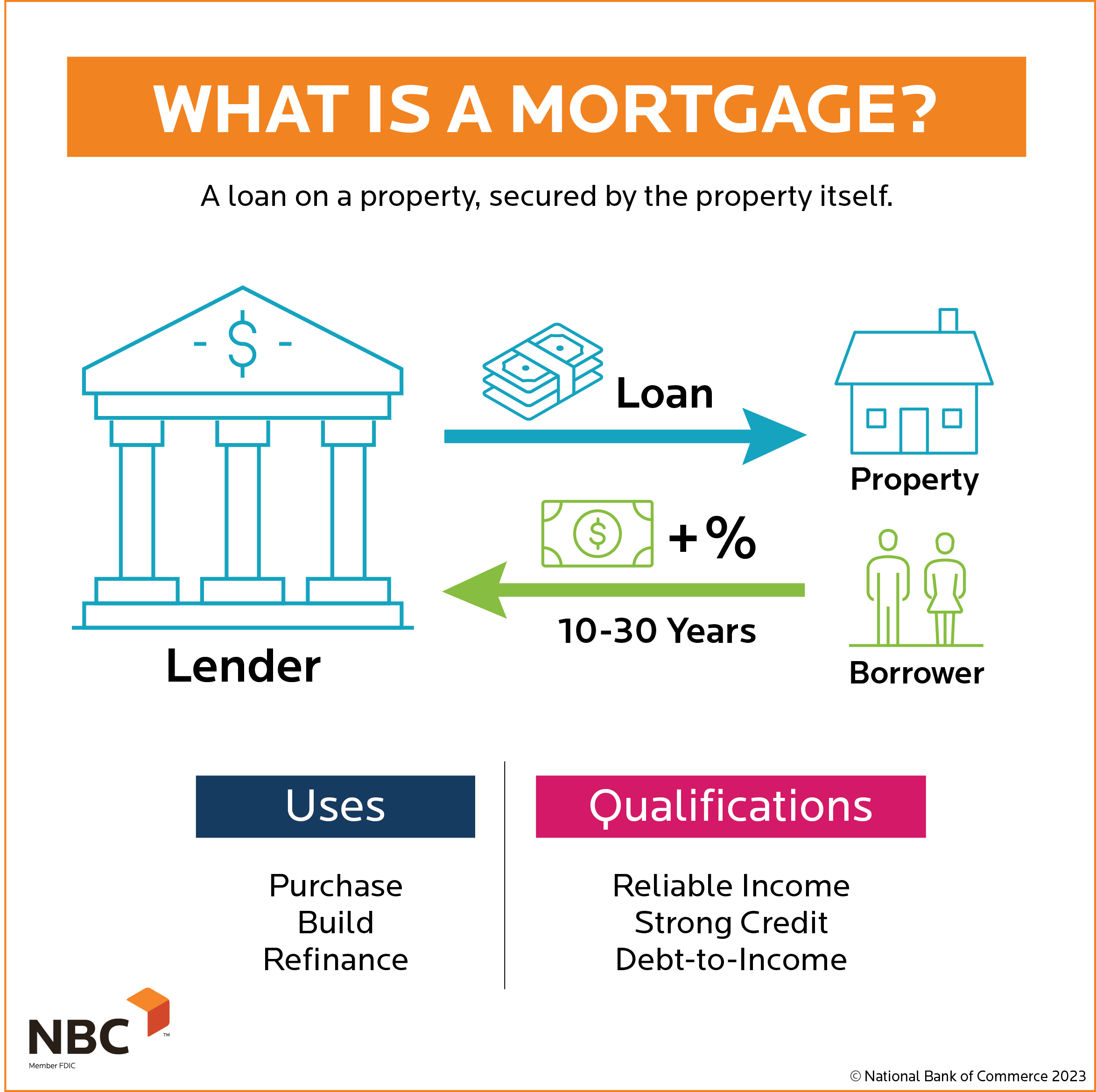Why Conventional Mortgage Loans Are a Smart Option for Stable Financing
Why Conventional Mortgage Loans Are a Smart Option for Stable Financing
Blog Article
The Important Factors to Consider When Finding Between Fixed-Rate and Variable-rate Mortgage Lendings
When evaluating home loan alternatives, borrowers encounter a crucial decision in between fixed-rate and adjustable-rate financings, each offering prospective risks and distinct advantages. Trick considerations such as interest price security, predictability in monthly payments, and the implications of possible rate modifications can significantly impact long-lasting economic health and wellness.
Rate Of Interest Stability
When choosing a home loan, understanding interest rate security is important for informed decision-making. Passion rates can substantially influence the overall expense of a mortgage, and recognizing the nature of these rates is necessary for consumers.
On the various other hand, variable-rate mortgages (ARMs) start with reduced preliminary rates that may transform occasionally based on market problems. While this can cause reduced repayments originally, it likewise presents unpredictability, as borrowers might encounter raised payments if passion prices rise. For those thinking about an ARM, it is essential to examine the probability of rate changes, the potential for settlement boosts, and the size of the initial fixed-rate period.
Eventually, the choice between adjustable-rate and fixed-rate mortgages depends upon specific risk resistance and economic circumstances. Recognizing rates of interest stability helps borrowers make educated choices that straighten with their lasting financial objectives.
Monthly Repayment Predictability
While consumers often prioritize interest price stability, the predictability of monthly repayments is just as crucial in the mortgage option procedure (Conventional mortgage loans). Regular monthly repayment predictability plays an essential role in budgeting and economic planning, as it directly influences a homeowner's capital and general financial wellness
Fixed-rate home mortgages supply a consistent month-to-month repayment throughout the life of the loan, permitting consumers to prepare for and prepare their expenses properly. This stability can be especially advantageous for new property buyers or those on a set income, as it removes the unpredictability related to fluctuating repayments.
Alternatively, adjustable-rate home loans (ARMs) usually include reduced first payments that can alter gradually, resulting in prospective variability in monthly obligations. While at first enticing, this changability can make complex financial preparation, particularly if customers do not represent future price changes.
Potential Rate Changes
In the realm of adjustable-rate mortgages (ARMs), prospective rate modifications stand for a substantial element that borrowers need to carefully think about. Unlike fixed-rate home mortgages, where the rate of interest continues to be unmodified for the life of the finance, ARMs are characterized by varying rates of interest that are linked to market indices. This variability can cause considerable modifications in monthly settlements, influencing the customer's monetary preparation and budgeting.
Generally, ARMs have a first fixed-rate duration during which the interest price is secure. Hereafter period, nonetheless, the price readjusts at established periods-- generally yearly. Consumers have to know the margin and index utilized to compute these changes, as they directly influence future rate of interest. Additionally, ARMs often consist of caps that restrict just how much the rates of interest can enhance at each change and over the life of the lending, which can offer some degree of protection against extreme rate walkings.
Comprehending these prospective adjustments is crucial for customers, as they straight affect lasting repayment commitments. As a result, assessing individual monetary scenarios and risk resistance is necessary when making a decision whether an ARM lines up with one's economic goals.
Car Loan Term Factors To Consider
Finance term considerations play an essential duty in the decision-making procedure for customers selecting between fixed-rate and adjustable-rate home mortgages. The size of the loan term considerably influences regular monthly settlements, rate of interest, and overall monetary preparation. Fixed-rate mortgages usually use regards to 15 to three decades, giving security in regular monthly settlements and predictability in budgeting. This can be particularly appealing for debtors who plan to stay in the very same home long-term and choose the assurance of fixed payments throughout the life of the car loan.

Eventually, customers must analyze their personal scenarios, economic objectives, and market conditions when weighing the implications of finance term selections within each home loan kind.

Total Price of Loaning
The overall expense of borrowing is an essential aspect that can substantially affect a borrower's choice in between adjustable-rate and fixed-rate home loans. Fixed-rate home loans supply foreseeable regular monthly repayments, as the rate of interest continues to be constant throughout the finance term. This predictability can lead to lower overall prices, specifically in a secure or decreasing rates of interest atmosphere. Consumers can spending plan successfully, understanding their payments will not vary.
On the other hand, adjustable-rate home loans (ARMs) normally start with lower initial rates, causing lowered upfront prices. However, these rates can raise after an initial duration, bring about potentially higher long-term prices. Consumers have to take into consideration the regularity and degree of price modifications, along with the general lending duration, to accurately evaluate the financial ramifications.
Moreover, the overall price of loaning encompasses not only rate of interest yet also charges and various other connected prices, such as closing costs and insurance coverage (Conventional mortgage loans). Consequently, when reviewing home loan choices, debtors must perform a comprehensive price analysis over the life of the funding. By doing so, they can make an educated choice that lines up with their financial objectives and risk tolerance
Conclusion
To conclude, picking between adjustable-rate and fixed-rate home loan demands mindful consideration of numerous important aspects. Rates of interest security and month-to-month settlement predictability are paramount for efficient budgeting, while the capacity for price changes in ARMs presents financial uncertainty. In addition, the awaited duration of homeownership and the overall price of loaning, consisting of rates of interest and linked costs, have to line up with specific financial situations and take the chance of tolerance. Such a detailed analysis will certainly facilitate educated decision-making in mortgage option.
Trick factors to consider such as passion price stability, predictability in month-to-month payments, and the ramifications of prospective price modifications can considerably impact long-term financial health. Rate of interest prices can substantially impact the total price of a home mortgage, and acknowledging the nature of these prices find more is crucial for customers. Unlike fixed-rate home mortgages, where the passion rate continues to be unmodified for the life of the financing, ARMs are defined by varying passion prices that are connected to market indices. Additionally, ARMs commonly consist of caps that limit how much the interest price can raise at each change and over the life of the funding, which can give some degree of defense versus radical rate walks.
Passion price security and monthly payment predictability are vital for Continue reliable budgeting, while the potential for price changes in ARMs presents monetary uncertainty.
Report this page